I’ve been having a torrid love affair with skinny gaming notebooks for several years now. Recently, each one I’ve tried has had one thing in common — Nvidia’s GeForce GTX 765M graphics. MSI’s GS60 Ghost is the first super slim gaming notebook to utilise Nvidia’s 800m mobile graphics line, and it’s made a massive difference.
It’s not all about the latest and greatest graphics card, mind you. It’s a combination of Nvidia’s technology and tools and MSI’s excellent engineering that’s elevated the GS60 Ghost from cool curiosity to essential everyday equipment. Over the past four months it has become my go-to gaming system, as well as an invaluable tool for performing everyday tasks.
What It Is
The MSI GS60 Ghost is an incredibly thin gaming notebook. We’re talking .78 inches thick, which in technical terms is described as itty-bitty. This particular version of the GS60 rocks a 15.6″ 1920 x 1080 eDP wide view angle display, which isn’t kidding about the “wide view angle” bit.
Inside it’s got a Intel Core i7-4700HQ CPU running at 2.40GHz, 16GB of memory and the aforementioned NVIDIA GeForce GTX 860M — the lower end of the 800m spectrum, but still a nice jump from the 700m series.
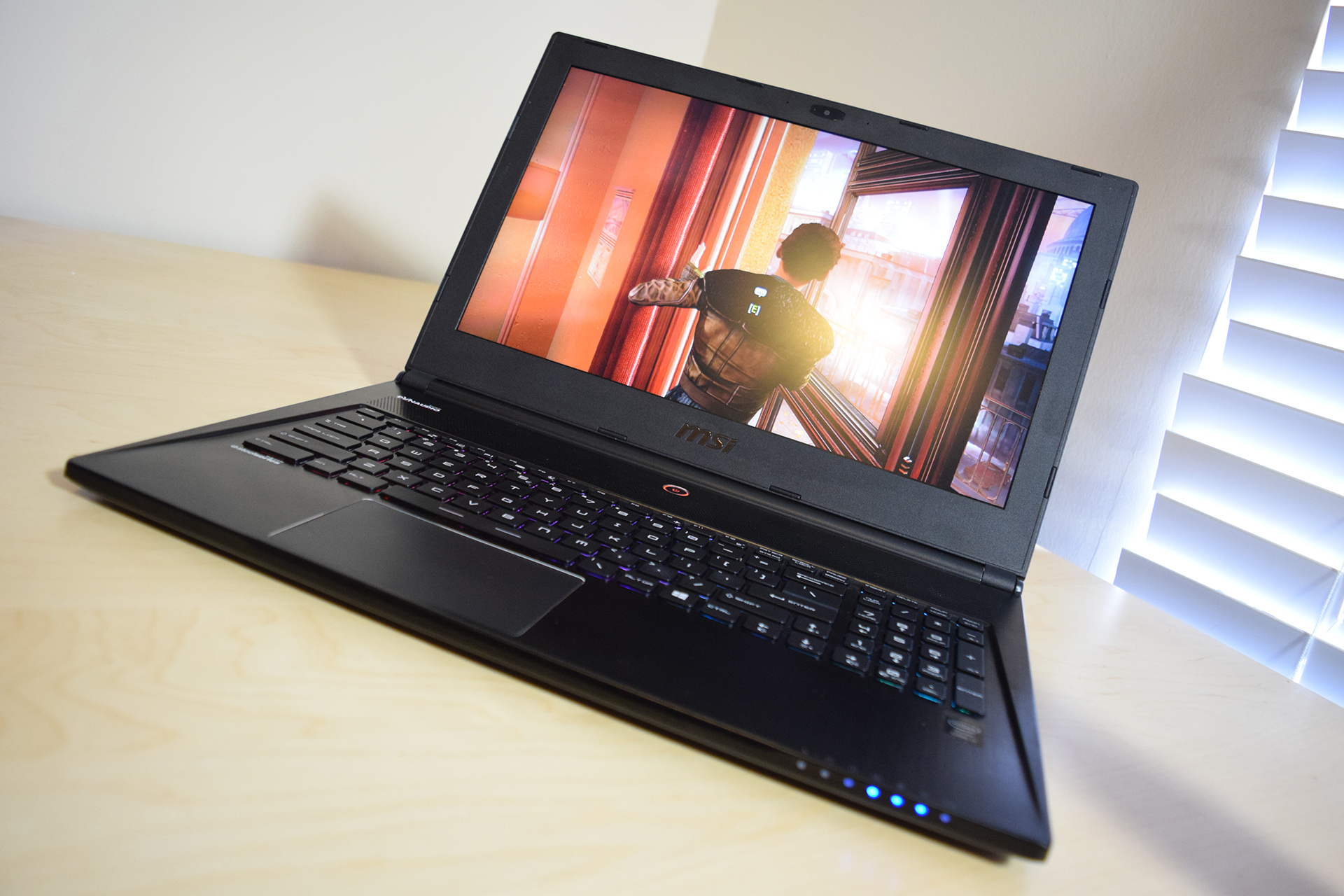
Note that this revision of the GS60 Ghost (designated 003) has since been supplanted on the MSI website with Ghost Pro systems featuring super high definition 3K screens, though this particular model is still available through retail channels (Best Buy sells the same spec I have here for $US1,699.99).
Here are the specs for the GS60 family (as well as the larger GS70) as it shipped in March of this year.
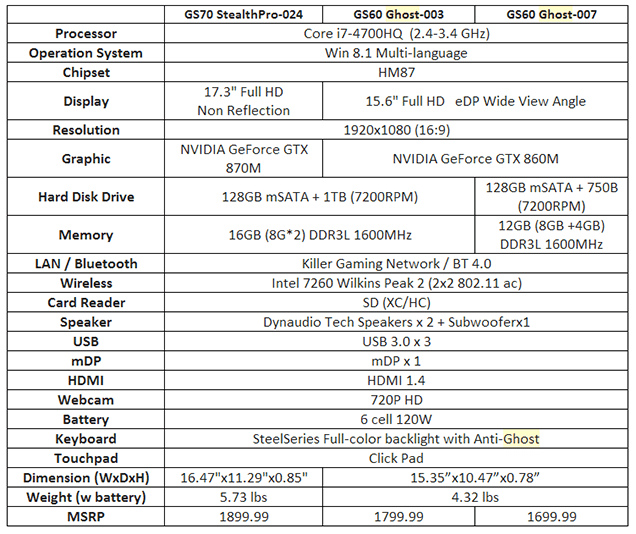
What I Did With It
Everything I could. Is that a valid answer?
Over the past four months the MSI GS60 Ghost has not been far from my side. Nearly every PC game I played for my weekly Saturday Morning Stream segment was played on the Ghost. Any PC games I’ve played for review have been played on the Ghost — most notably Wolfenstein: The New Order, the first game I loaded on the system (and possibly the best).
One of the impetuses for this review was Nvidia expanding its GeForce Experience from PCs to notebook computers, a move coinciding with the launch of its latest mobile GPUs. I’ve used Shadowplay to stream and record gameplay videos, as well as to capture moments from special events that’ve occurred during my time with the system (a lot of our E3 coverage benefitted from it). I’ve also used the Ghost as my go-to GameStream system, using it to stream PC games to Nvidia’s Shield Tablet during the review process for that lovely device.
Let’s see, what else? I brought the system with me to cover BronyCon, where it stood up to a massive outpouring of ill-will. It acted as my work computer when a flood at our apartment caused a sudden, unexpected move and the internet downtime that comes with such things.
All-in-all, I’ve gotten more mileage out of the MSI GS60 Ghost than any other laptop or notebook I’ve reviewed. Granted, a great deal of that use was due to circumstances beyond my or its control, but between its slender profile and its utility, it really made a difference. I barely even noticed it was running Windows 8.1.
Performance
Normally this is the moment in the hardware review where I jump straight into what I didn’t like, but this is a gaming machine, and gaming machines and their innards are partially defined by the frames-per-second they produce. It bears keeping in mind that no, an ultra-slim laptop is not going to have the performance of a thick and heavy standard gaming laptop — it isn’t supposed to. As establihed by Razer when its Blade started the whole skinny gaming notebook segment, these systems are about marrying true portability with performance, finding that happy medium between the two.
The GS60 Ghost manages to find itself a nice little medium, easily handling the likes of Tomb Raider (2013) and BioShock Infinite on maximum settings at its native resolution, hovering just above 40 frames-per-second for each. Bring the standard settings down a notch, and 60 FPS is easy.
Of course more demanding games like Crysis 3 and Metro: Last Light bring a system like this to its knees at highest settings, barely rising above the teens with all the bells and whistles ticked. Turn off Metro‘s physics and tesselation and you inch a bit closer to the 30 range.
When compared to high end gaming PCs — well, you really shouldn’t. That way lies madness. Lined up against other notebooks in the ultra-thin category, and the GS60 Ghost is right up there.
What I Liked
The Profile: Gaming notebooks don’t get much skinnier than .78 inches, in fact I’m guessing we’re very close to as flat as they can get, and I say that half-hoping someone comes along and proves me wrong. I still have nightmares about lugging around two-inch thick, ten pound monsters, soaked with a sublime mixture of pride and perspiration. I don’t miss those days.
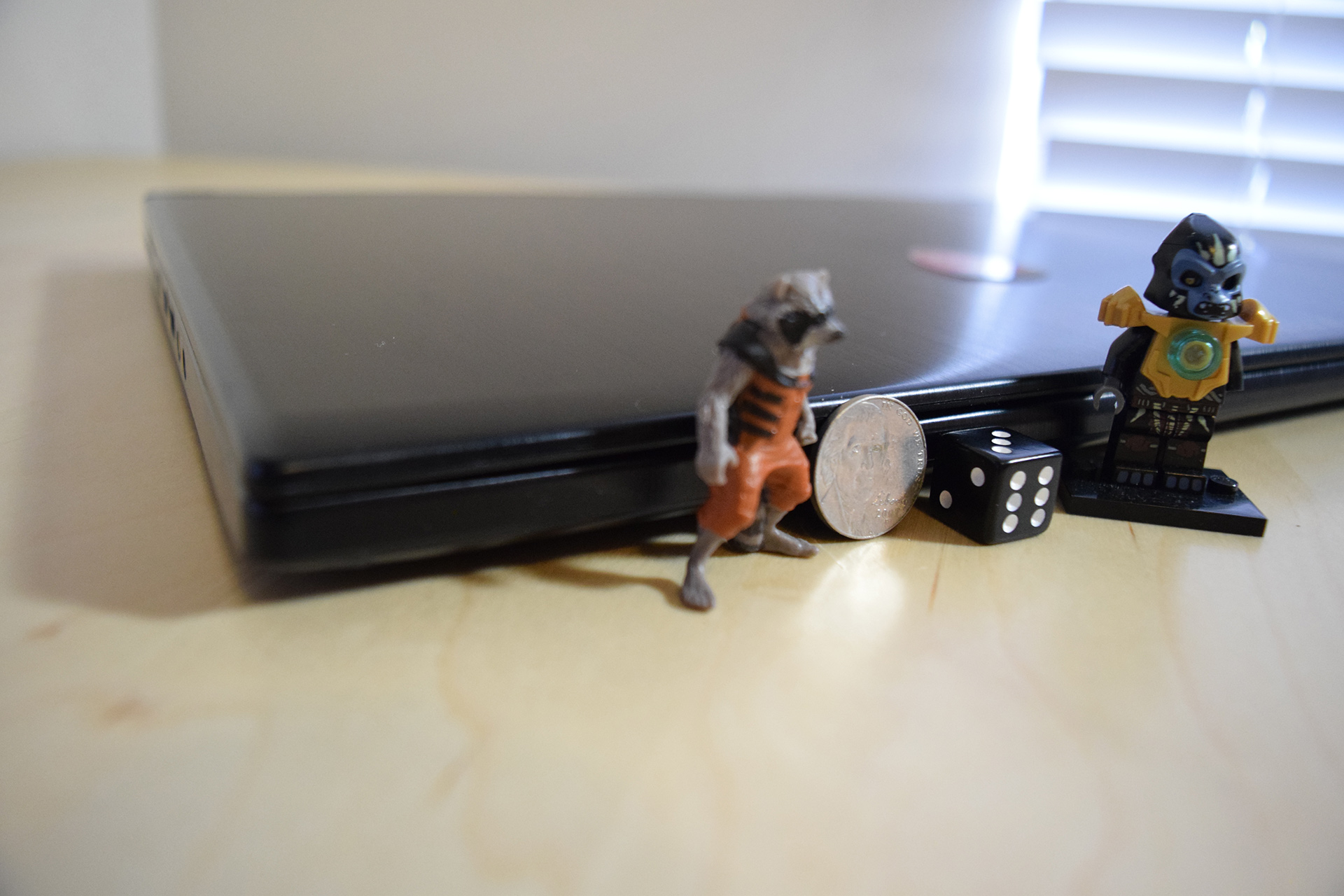
The MSI GS60 Ghost is a slender thing, though right at the cusp of being too wide and long for the average notebook backpack. Once you’ve packed it, however, you barely notice the extra five pounds back there.
Sleek and elegant, it would be nothing more than a black rectangle if not for a pair of slight ridges on the top and the glowing “Gaming G Series” badge, announcing to everyone at the Starbucks that it’s highly unlikely you’re there to work on spreadsheets (even if you are).
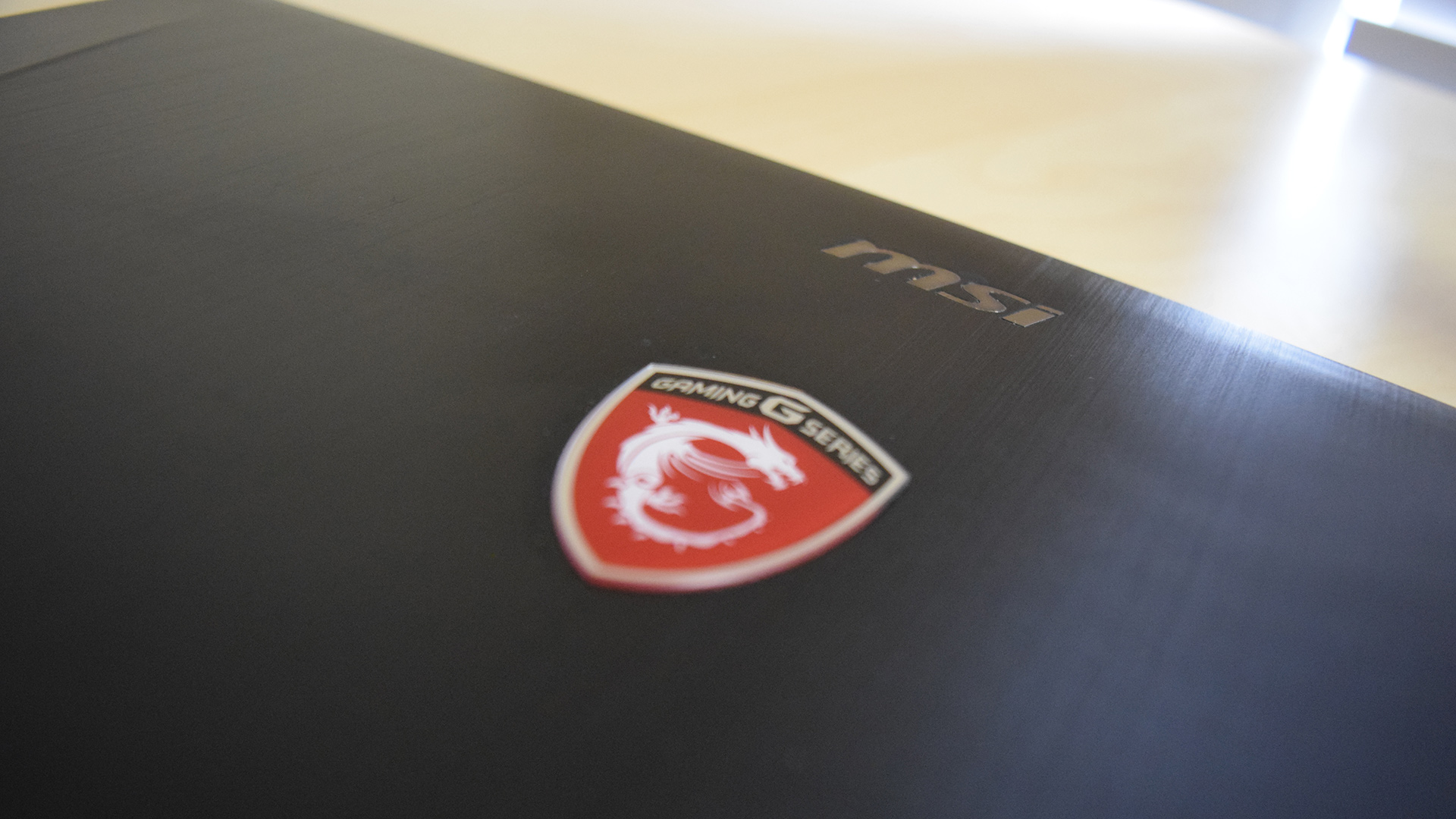
The Performance: The GeForce GTX 860M is a nice step up from the 765M I’ve been playing with for ages now, enough so that I’m much more likely to turn to the notebook to play a new game, leaving my desktop free for writing articles about gaming notebooks. I’m not saying the performance is comparable to a big-arse tower running a pair of GeForce Titans — it’s just acceptable enough that I’m comfortable with it.
What’s more, the Ghost manages to maintain this level of performance without setting my lap on fire, thanks to a pair of ultra-thin fans and some clever airflow engineering. It will still keep you warm on a cold winter’s night, and the fan noise is a bit loud (you should be wearing headphones anyway, see below), but it never gets uncomfortably hot.
The Keyboard: Oh, SteelSeries. It’s been ages since I’ve reviewed one of your PC accessories, but still when I see your name imprinted below a notebook keyboard I know I’m in for a treat.
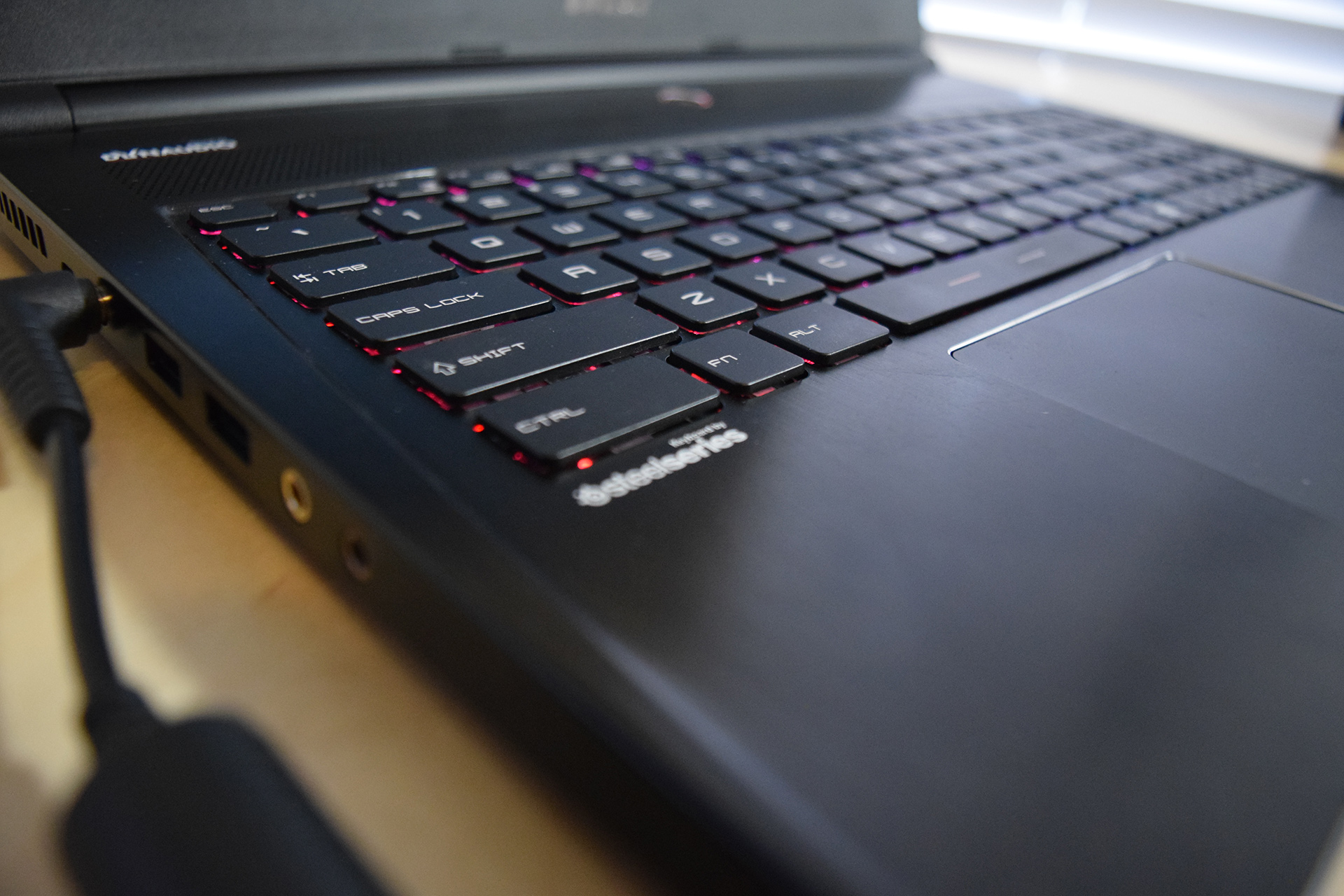
I’ve come to accept the flat, chicklet-style keys of these super-slim machines over the past couple of years — I’ve even purchased a desktop keyboard in the same style — and SteelSeries makes one of the best. Not only can I customise the lighting (hey, that’s important), almost every key on the anti-ghosting keyboard can be customised with user-specific macros via the SteelSeries Engine software. I can even share keyboard profiles with other users, taking all of the work out of the process.
The Display: With no glare whatsoever and a completely ridiculous viewing angle — the display is clear and readable at around 85 degrees — this is the sweet spot for gaming notebook monitors. These machines live or die by their display, and the GS60 Ghost is living well.
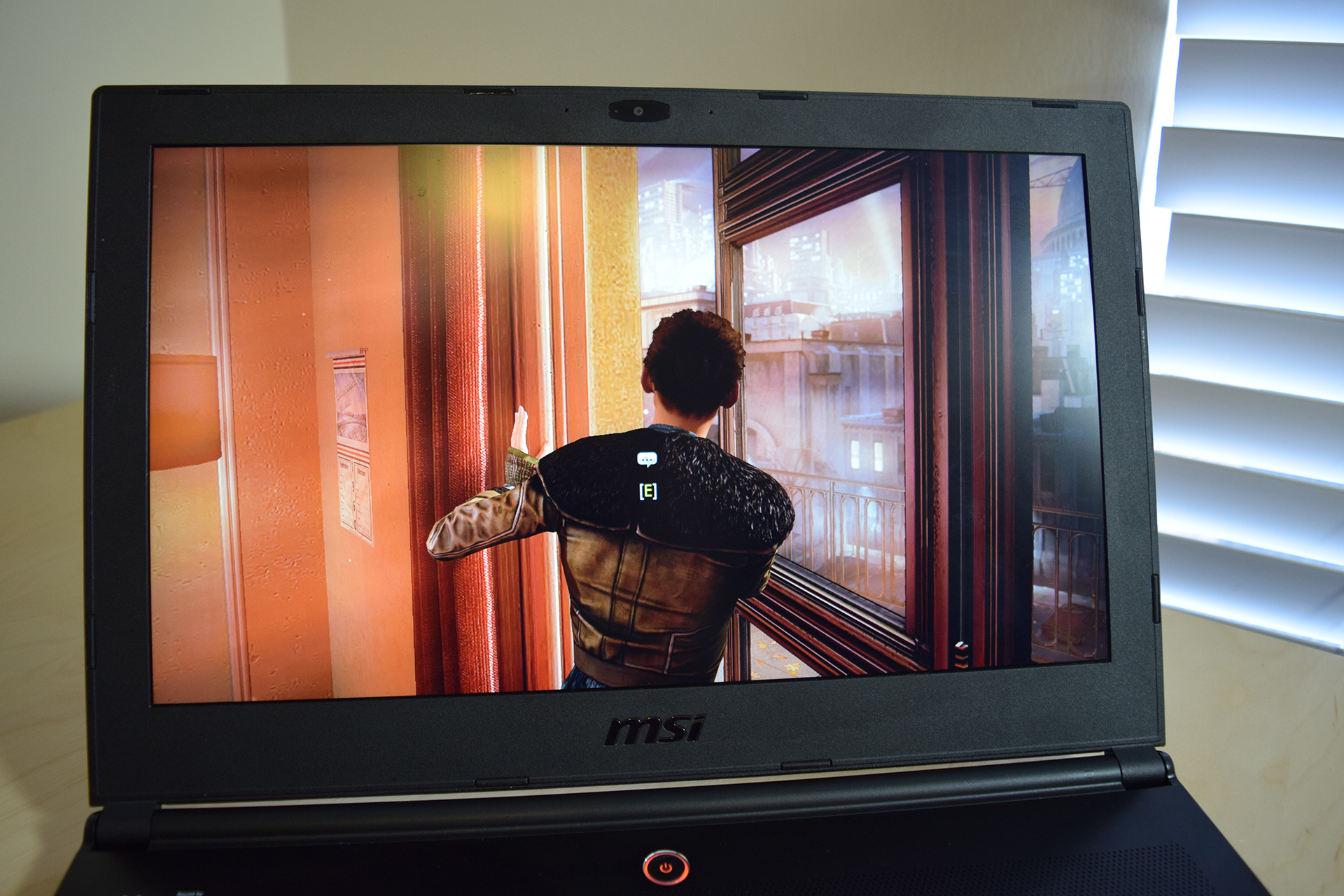
The Utility: Since this review unit was facilitated through Nvidia as a means of testing out the GeForce Experience software on a notebook, I spent a great deal of time putting that software through its paces. The verdict? At this point I couldn’t see myself owning a gaming laptop without it.
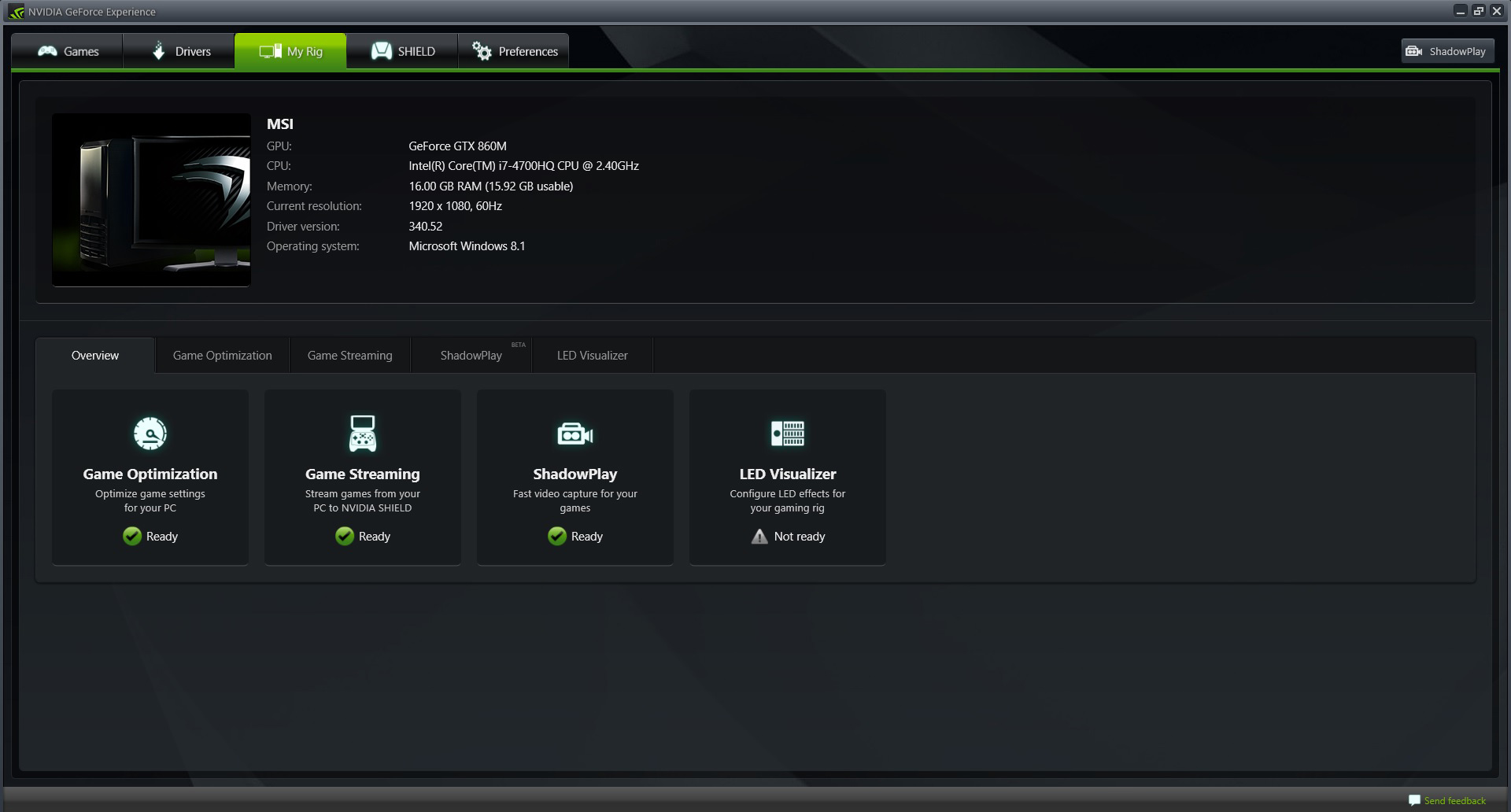
Shadowplay capture and streaming software works flawlessly on the Ghost, so much so that I never got around to installing the utility I normally use for streaming on my desktop. The only flaw is that as of this writing the Desktop Capture feature doesn’t run on notebooks, meaning games that utilise a full screen borderless window instead of true full screen can’t be recorded.
The GameStream functionality, which allows users with Shield devices (the portable or the new Shield Tablet) to stream gameplay from a PC is even more useful with a small footprint notebook gaming machine that can be placed just about anywhere in your house.
There are other programs out there to facilitate capture and streaming, but the GeForce Experience brings it all together in one place. It’s easy, and it works — in all cases but one.
What I Didn’t Like
The Battery: I don’t expect to get more than an hour of battery life out of a notebook when playing a graphics-intensive game, and the GS60 Ghost falls right in line with that expectation. I do however, expect a lot more than three hours out of a notebook battery when browsing the web or typing up articles, especially one with an Intel mobile graphics backup card handling all of that.
On top of the low average life, I also have to mention the GeForce Experience Battery Saver software, which is supposed to extend the life of the battery while gaming by putting a cap on frame rates while the notebook is unplugged. Between having the feature disabled and having it enabled on its strictest setting, I only noticed five minutes’ difference running Wolfenstein: The New Order. Technically it was better, but really.
The Sound: Seeing the Dynaudio name next to a notebook speaker is not at all like seeing SteelSeries next to the keyboard — I never know what to expect. Even the best speakers can be affected by the architecture of the machine they’re in, and in this case Dynaudio’s offering is mediocre at best.
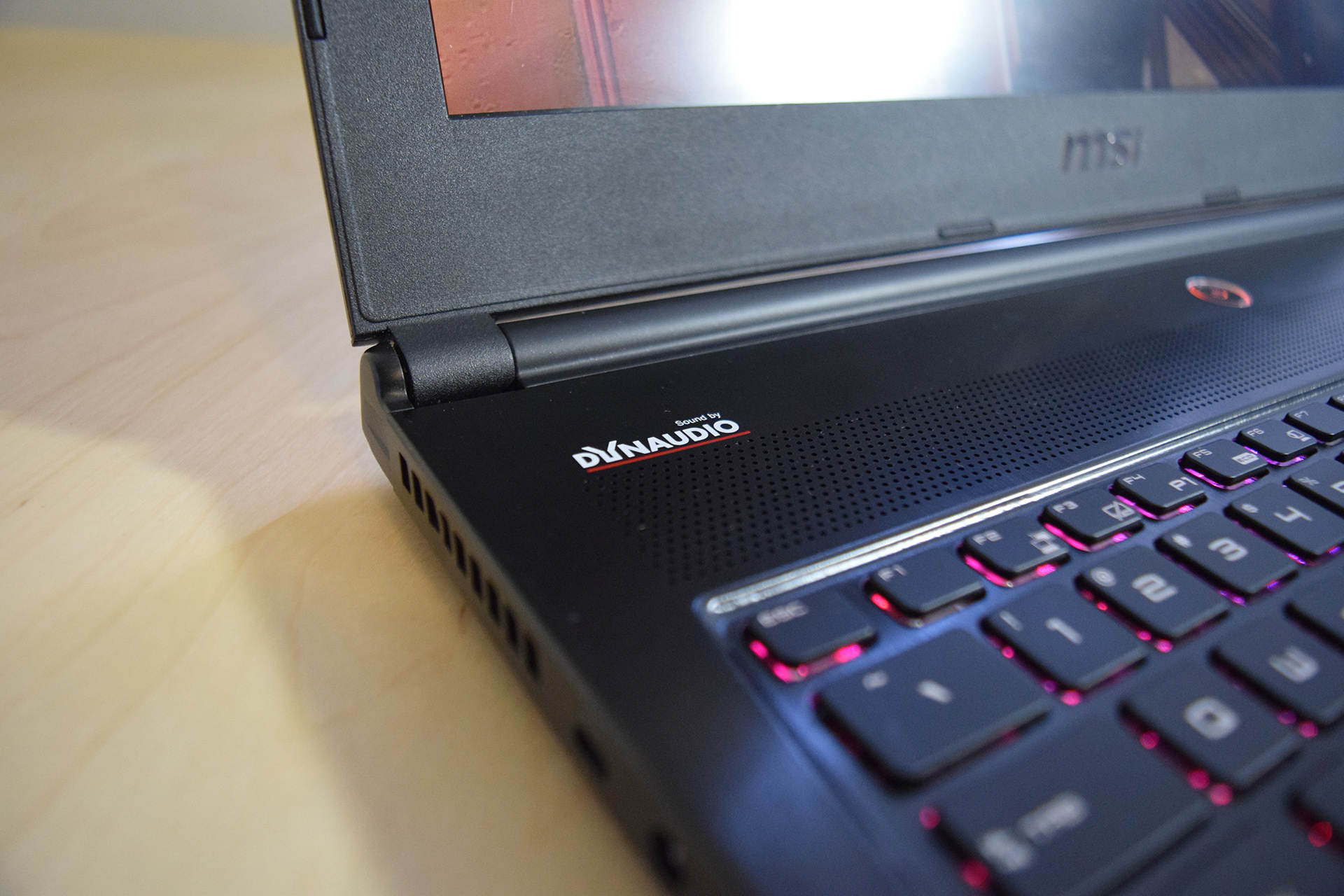
There’s a tinniness to the sound that never quite goes away, despite the best efforts of the SoundBlaster Cinema 2 software that comes installed on the unit. The simulated surround works well enough, but there’s always a bit of a hiss to the audio, augmented by the whir of those dual cooling fans. It’s passable in a pinch, but I’d recommend a nice set of headphones for a richer audio experience.
My Final Word
Powered by the next-generation of Nvidia mobile graphics and augmented by the GeForce Experience, a fine super-slim gaming notebook becomes and excellent super-slim gaming notebook. It’s not all about the graphics hardware and software, of course — MSI has put together an wonderful little system in the GS60 Ghost, with a perfect monitor, a wonderful keyboard, and powerful innards to back it up.
That having been said, in the four months I’ve had the GS60 Ghost, MSI has already moved on to bigger and better things with the Ghost Pro systems, boasting a more powerful GeForce GTX 870m GPU, faster CPUs and a 2880 x 1620 display for $US400 – $US500 more than the $US1,699 asking price of the GS60. But I can’t speak to the quality of those newfangled machines. I only know the GS60 Ghost, the most essential skinny gaming notebook I’ve had the pleasure of playing with for far longer than the manufacturer expected me to.
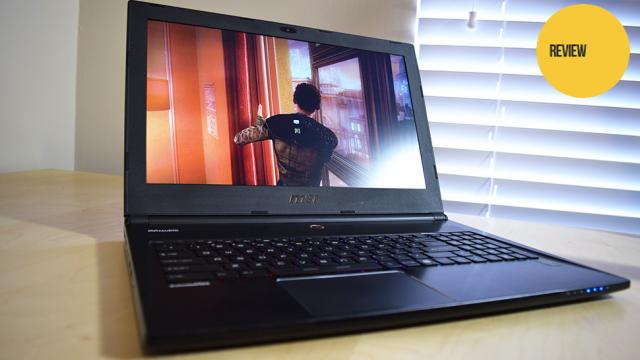
Comments
5 responses to “MSI GS60 Ghost Ultra-Thin Gaming Notebook: The Kotaku Review”
looks like the local model code is 2PC-029AU
and that seems to be $2549 AUD
And thats just for the GS60….. the GS70 is $2899
http://www.pccasegear.com/index.php?main_page=product_info&cPath=1538_1539&products_id=28222
I’ll stick to desktops I think. My wallet will thank me.
Take a look at the Gigabyte P34g V2,
Its $1799 from MSY and is basically the same laptop with GeForce GTX 860m 4GB
I second that, I bought a P34G V2 about a month ago and I’ve been very pleasantly surprised.
Excellent “no frills” gaming experience, and as you’ve mentioned, basically the exact same system for $700 less. I also like that its a much more subtle design than most gaming laptops and has a lot of post purchase upgradability.
The only downside compared to the GS60 is that the keyboard is less SteelSeries and more generic (but still well made and designed for gaming) and the screen is 14″ instead of 15.6.
I highly recommend it
Hm, not bad. Nice and portable, screen seems awesome, not TOO expensive (in America at least), reasonable enough performance. Obviously a comparably priced desktop would obliterate it, and if it were my money being spent on a portable gaming PC I’d go for a mATX or micro-ITX build instead. But if you need have to have something you can play on the go, this seems like a good ‘un.
I have to question the reasoning behind the Pro series though. A laptop isn’t going to be able to power a 3K screen at anything approaching a playable frame rate with decent settings. 1080p is pretty much the sweet spot for laptop gaming.
I am always on the lookout for form-function gaming laptops, as i am in the apparently uncommon position where owning a desktop not viable for me.
I’m always taking my laptop to friends houses for gaming, to uni for work and other places.
Having one machine to do everything in my position i find is worth the initial high cost.
Something like this is exactly like what i would want… you know if i had the money :
I relate completely to the sentiment – even when I set up my older desktop peripherals (extra monitors/keyboards/etc.) I’m still always carting my system to work or for LANs – I was lucky enough to get a good clearance deal some years back on a MSI GT783 at Scorptec.